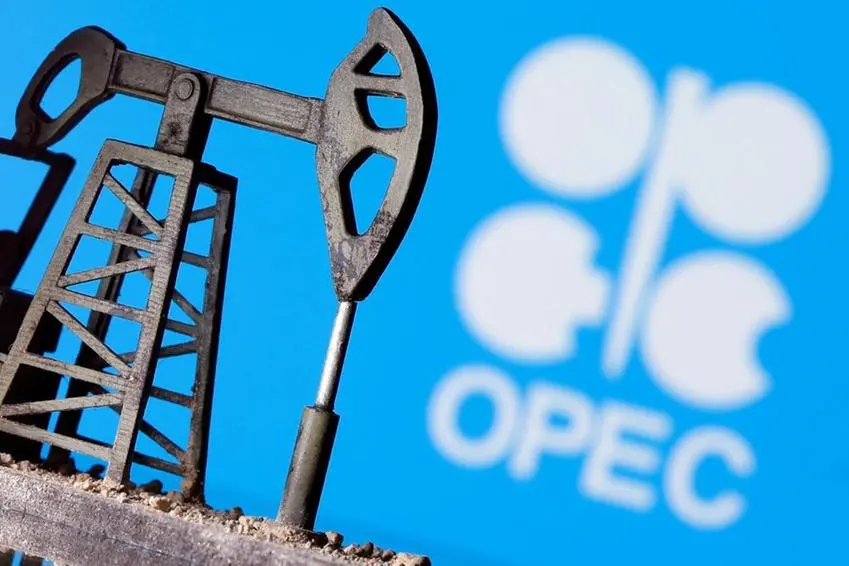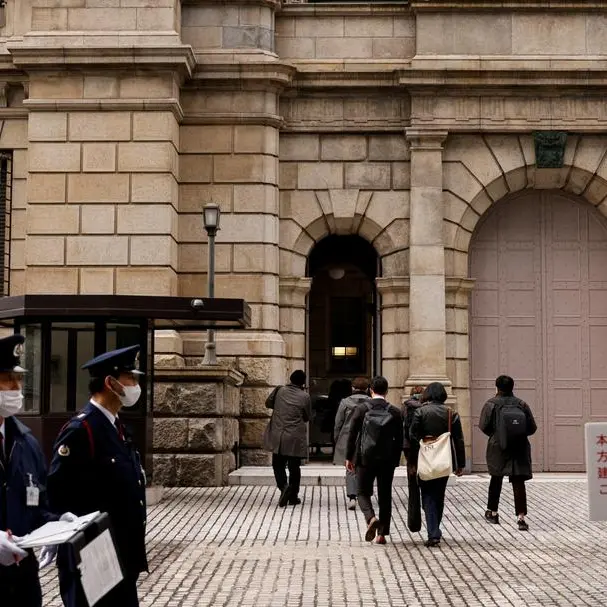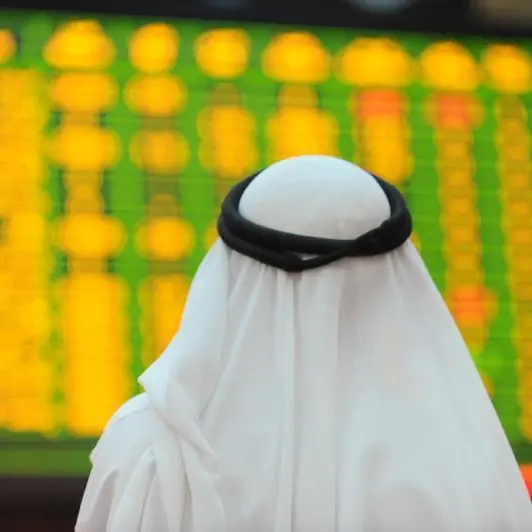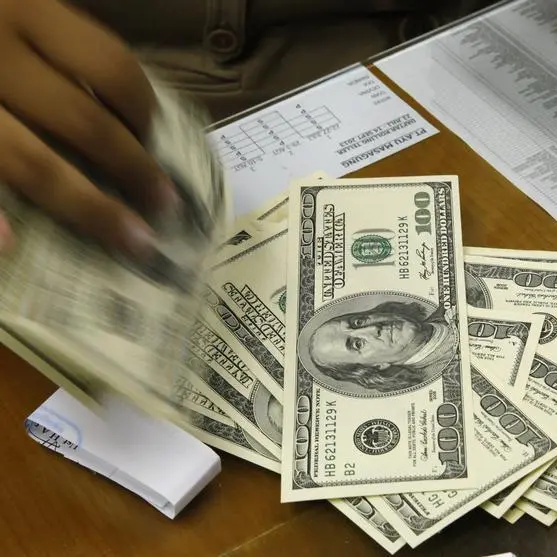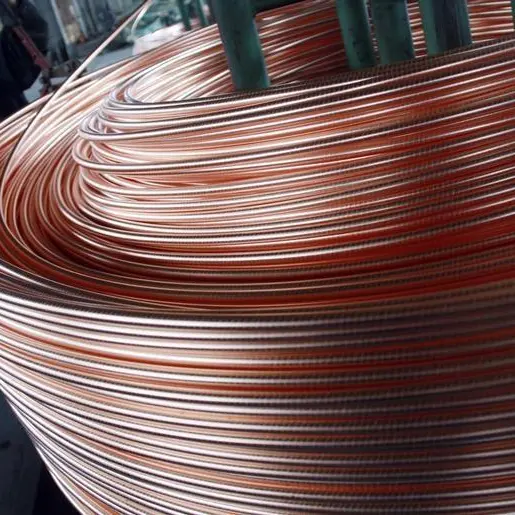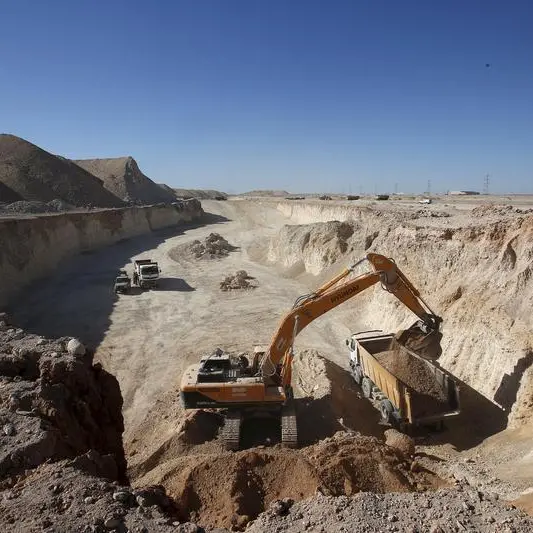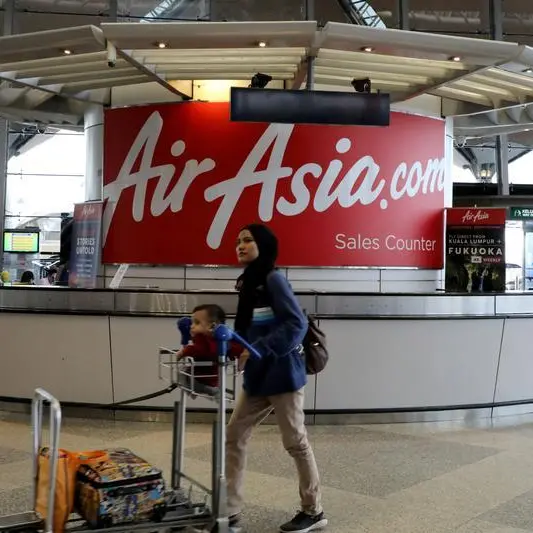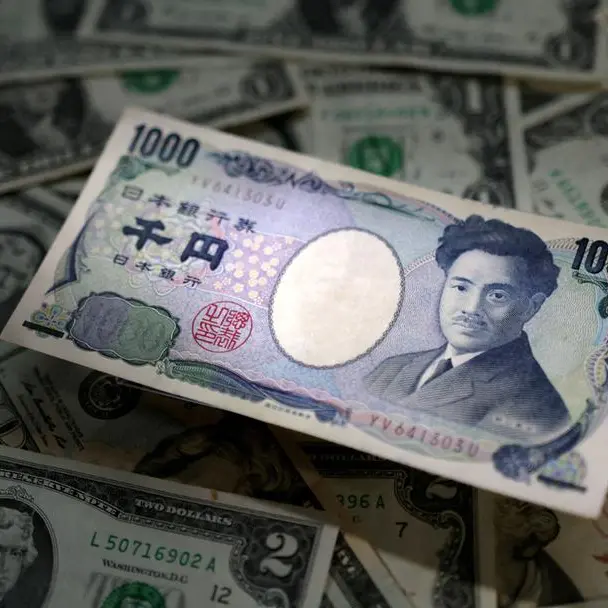PHOTO
It is that time of the month again: On June 1 OPEC+, an alliance between OPEC and 10 friendly nations led by Russia, will meet to discuss the way forward on tapering historically high production cuts.
The meeting comes at an inflection point: China has powered away since the beginning of the year and oil consumption is above pre-pandemic levels. The vaccination program in the US helped the opening of the economy. Next Mondays Memorial Day traditionally marks the beginning of the driving season. The US Energy Information Agency (EIA) reported 9 million barrels per day (bpd) of gasoline supplied to the market on a weekly basis during this month for the first time since March 2020. Distillate stockpiles are at their lowest since April of last year, and crude stocks fell by 1.7 million bpd during the week ending May 21, which brings them below their five-year average.
Footfall in airports is also at its highest since the pandemic hit the country. In other words, oil demand is going gangbusters in the worlds two largest economies.
Even in Europe, things are looking brighter as vaccine programs take hold. The EU will soon allow fully vaccinated tourists to travel relatively freely during the summer break. All of this is good news for oil demand.
The only dark spots are currently India and several Latin American countries. According to Bloomberg, 65 percent of Indias truck fleet lie idle due to lagging demand. Still, the situation is not as bad as it was last year, when Prime Minister Narendra Modi ordered a lockdown of the whole country. Now coronavirus restrictions are decided at state level. There are other Asian countries which might have done well in containing the virus so far, but where vaccination programs are not sufficiently advanced, potentially threatening their economies.
Overall, demand does not look too bad. However, on the supply side, Iran might be back on the market sooner than expected. Depending on how the nuclear negotiations progress we might expect an extra one million bpd on the market between the third quarter and the end of the year. Iranian supplies will hit the markets with a time lag from any agreement because the Islamic Republic will have to prove compliance first. Still, the barrels will arrive sooner or later.
If there was such a thing as good timing for extra Iranian barrels as far as OPEC+ was concerned, it would probably be now. Markets will be tight during the second half of the year if the virus does not throw us yet another curve ball.
At the same time, Libya, whose production has recovered nicely this year, will remain a wild card where added barrels can be taken off at a moments notice due to internal difficulties. There needs to be close scrutiny on Iraq as well: We are expecting a hot summer, which will have ramifications on domestic demand, and there remain persistent geopolitical tensions.
Back to next weeks ministerial meeting: Ministers can be reasonably relaxed about their tapering trajectory, given the demand outlook. We can expect the current trend to continue for this month to perhaps be revisited in July.
Ministers will have to deal with compliance, which tends to wane as the supply demand balance improves. At the same time, they will have to consider when to bring Iran back into the production regime of OPEC+; Tehran is currently outside of the quota agreements, alongside Libya and Venezuela, and will try to delay any demands on compliance for as long as it can.
Brent traded at $68.65 per barrel and WTI at $65.72 per barrel early afternoon CET. The commodity traded largely sideways since March, but is up more than 30 percent since the beginning of the year. Expect the price to fluctuate as Irans nuclear negotiations progress and the demand picture evolves.
Cornelia Meyer is a Ph.D.-level economist with 30 years of experience in investment banking and industry. She is chairperson and CEO of business consultancy Meyer Resources.
Twitter: @MeyerResources
Copyright: Arab News 2021 All rights reserved. Provided by SyndiGate Media Inc. (Syndigate.info).
